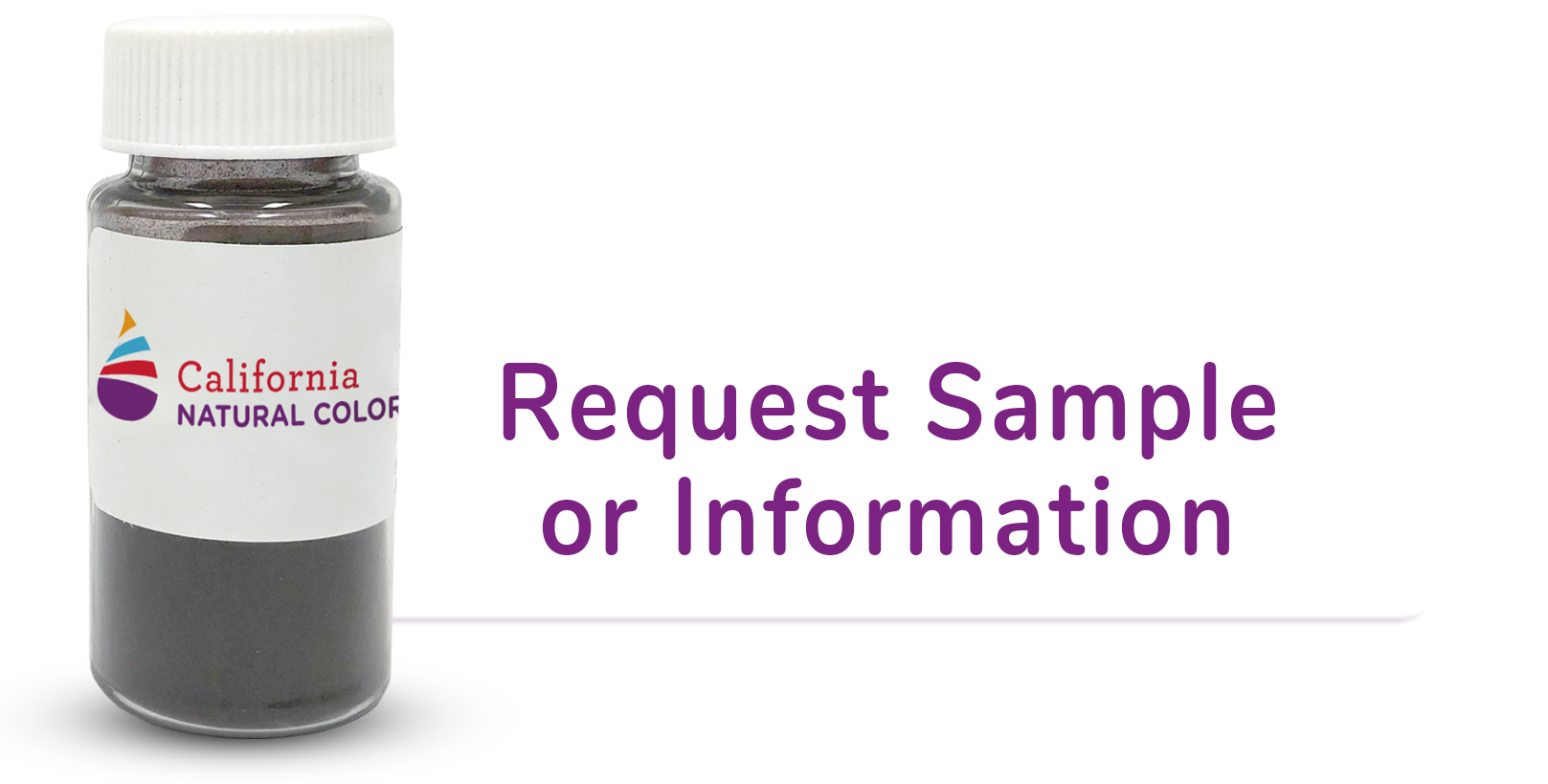Considerations for Natural Color in Bakery Applications
June 17th, 2024
When working with natural colors in bakery applications, color fading or bleeding may be a concern, but with the right approach, it is possible to maintain color stability. To ensure success when working with natural colors in your baked goods here are some key considerations.

pH, Ingredients, and Processing
The desired color of your product can be greatly affected by pH, ingredients, and processing of your application. Understanding these elements can help you determine the best color option for your product. Colors such as yellow, brown, and pink are stable and bode well in bakery applications. However, some natural colors are better suited than others depending on the processing method. Cook time and temperature should be taken into account when selecting the source of the color, as these processing steps can affect the desired shade of your product. For example, beet is a pH stable option for red shades but is sensitive to high temperatures. An alternative like radish may be a more stable source of color. Sugars, acids, or other ingredients used in the product may also impact the desired color. While these elements may seem daunting, our knowledge and robust portfolio can support your development of a winning formulation.
Packaging
The type of packaging is also an important aspect in determining the best color option for your application. Will the product be wrapped in clear packaging and exposed to light, or will it remain covered and unexposed? Depending on the source, some natural colors are more inherently light stable than others. An excellent example is our Pure Yellow Safflower. It offers exceptional stability against light and throughout the shelf life of a finished product.
Regulatory Factors

Knowing where your finished products will be sold will determine what colors are permissible for use and how they are labeled from a regulatory standpoint. Some natural colors are not approved for use in different countries or are only approved for very specific applications. For example, safflower is an approved coloring food in Europe, but yet to be approved for use in the United States. Spirulina and butterfly pea are other colors limited to certain applications such as confections, ice cream, and specific beverages to name a few. Our quality team offers support to manufacturers throughout the development process to ensure compliance requirements are met.
When formulating with natural colors, achieving the desired color for your bakery application can be dependent on many factors, including pH, packaging, and more. Our team of technical experts work closely with you to successfully bring new products to market using vibrant, natural colors.



